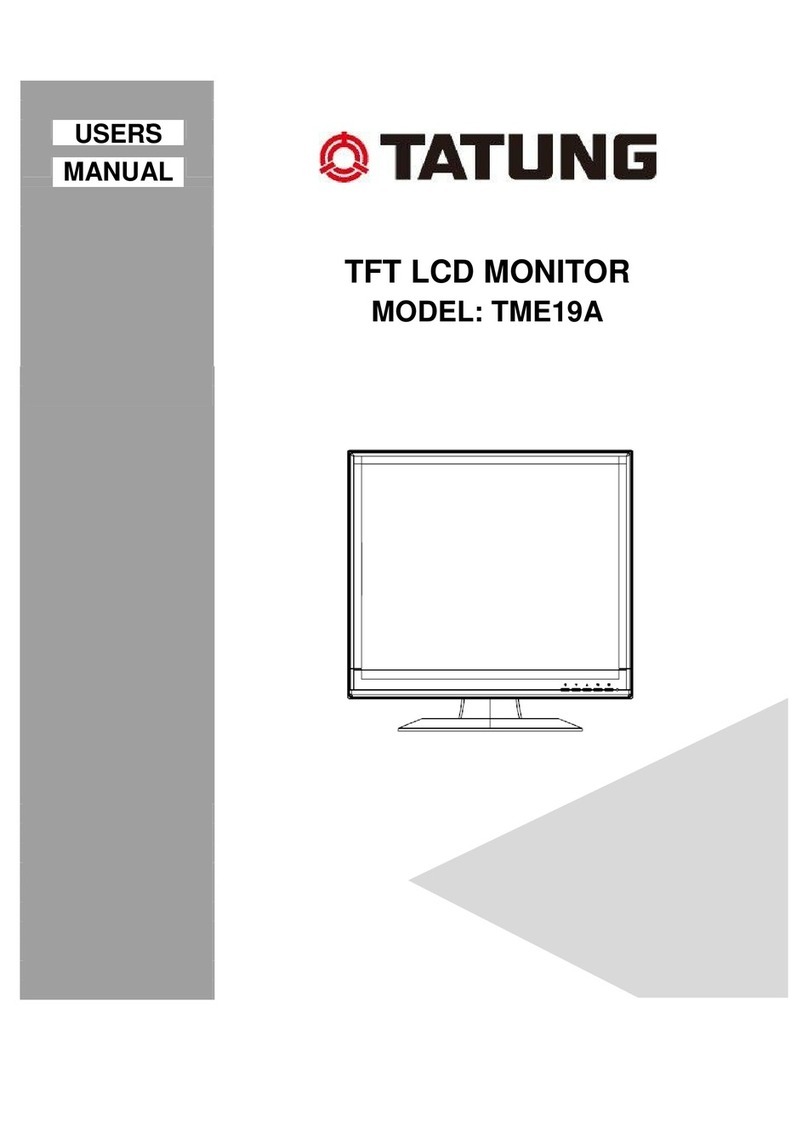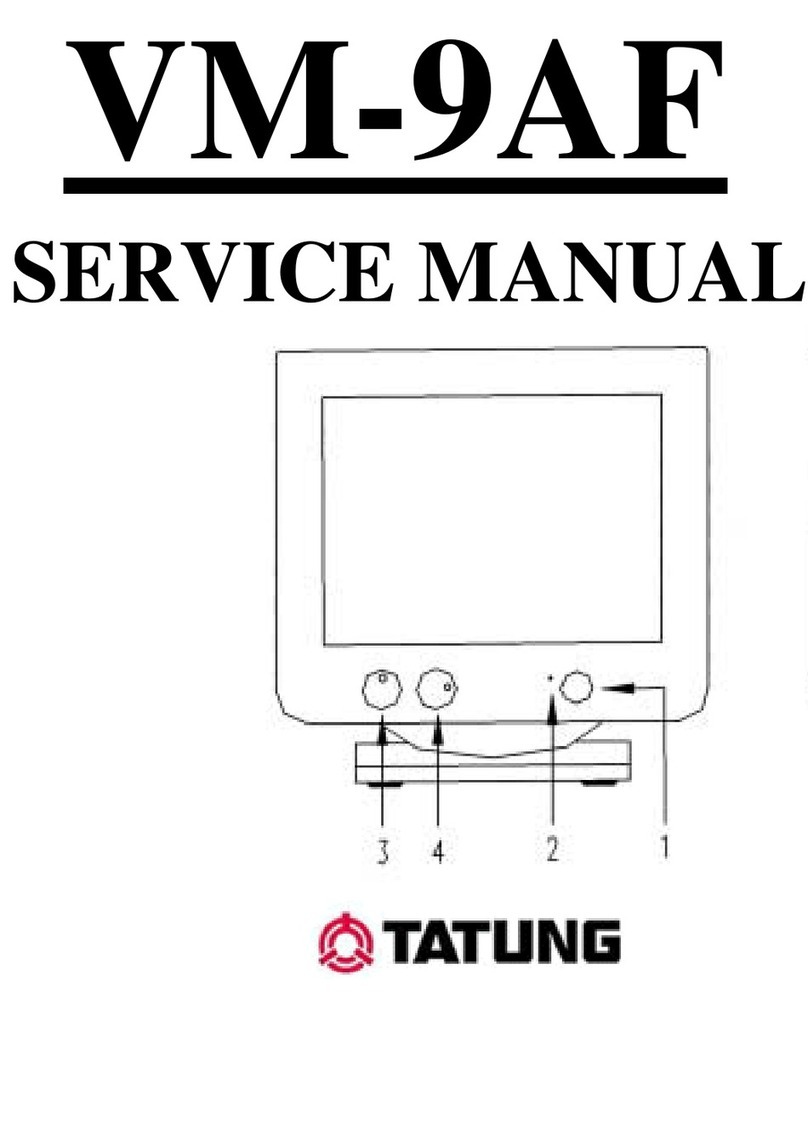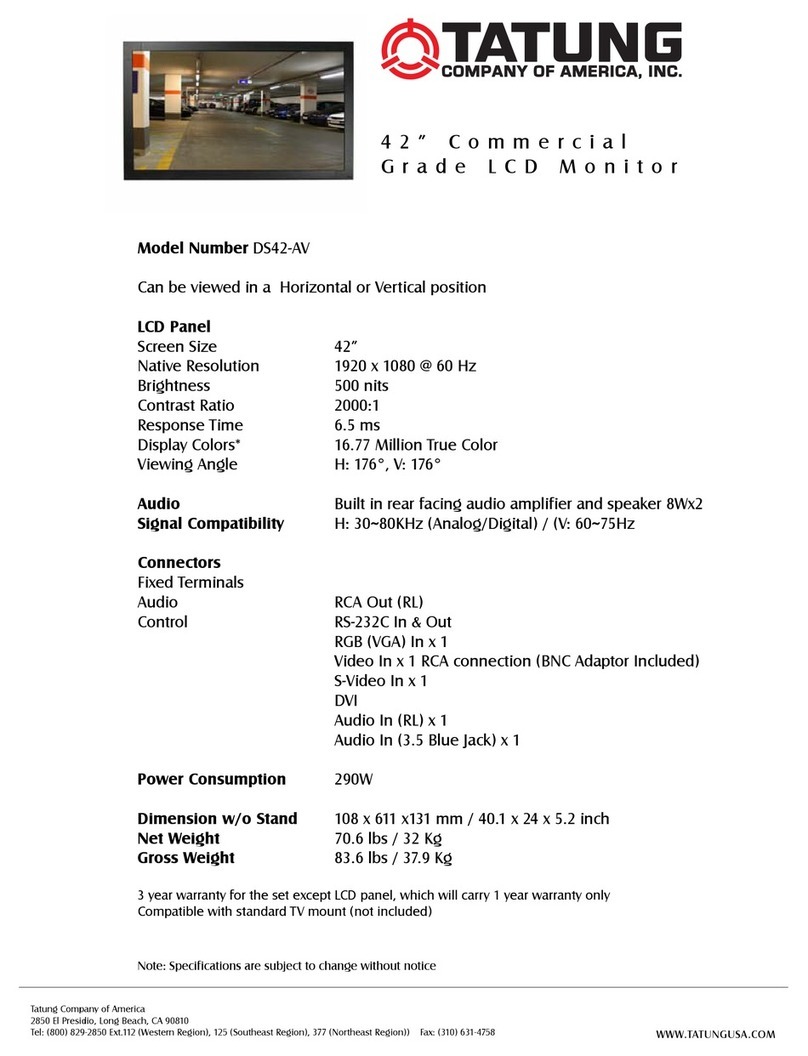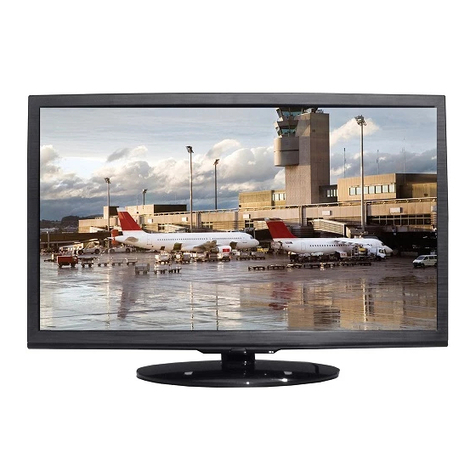Tatung CM-1480 Operating and installation instructions
Other Tatung Monitor manuals
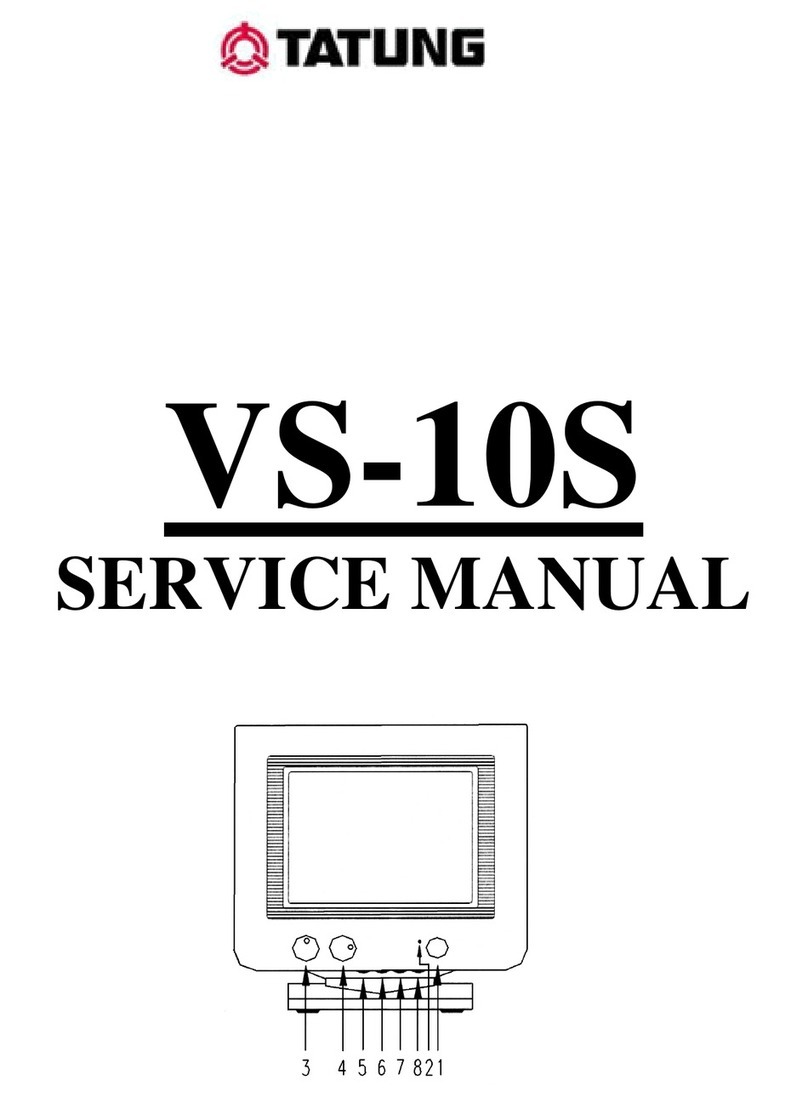
Tatung
Tatung VS-10S User manual
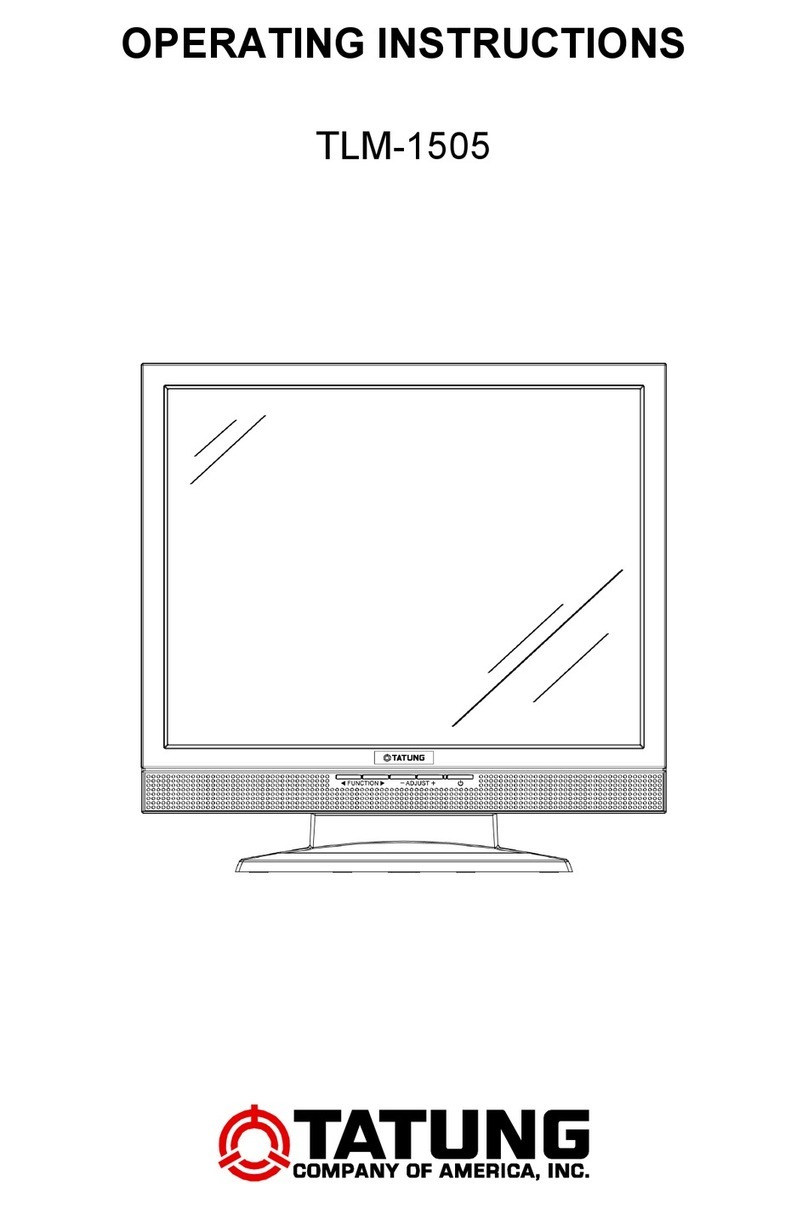
Tatung
Tatung TLM-1505 User manual
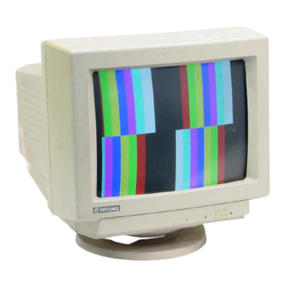
Tatung
Tatung CM-1496 Series Operating and installation instructions
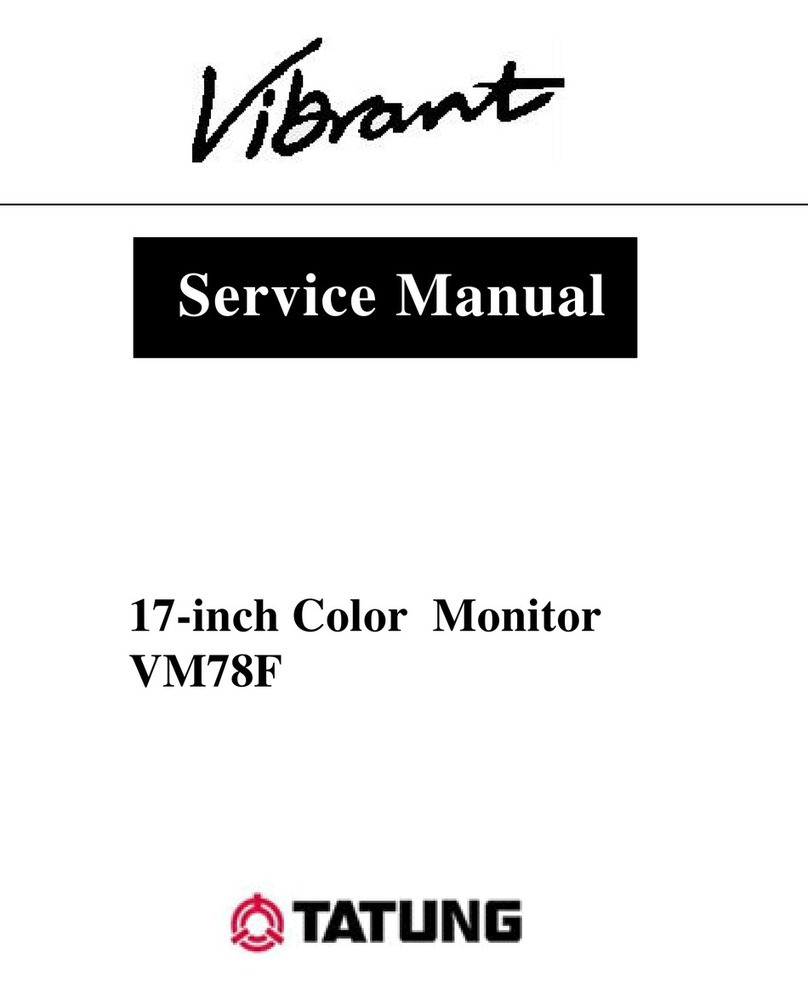
Tatung
Tatung Vibrant VM78F User manual
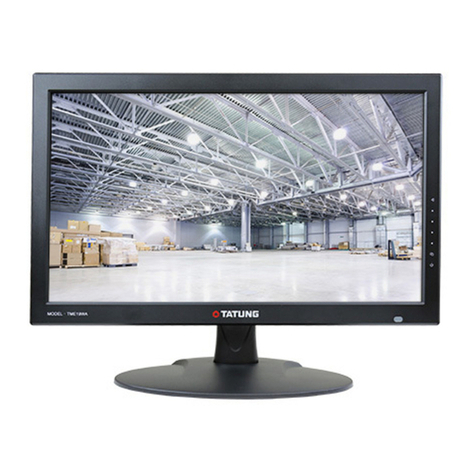
Tatung
Tatung TME19WA User manual
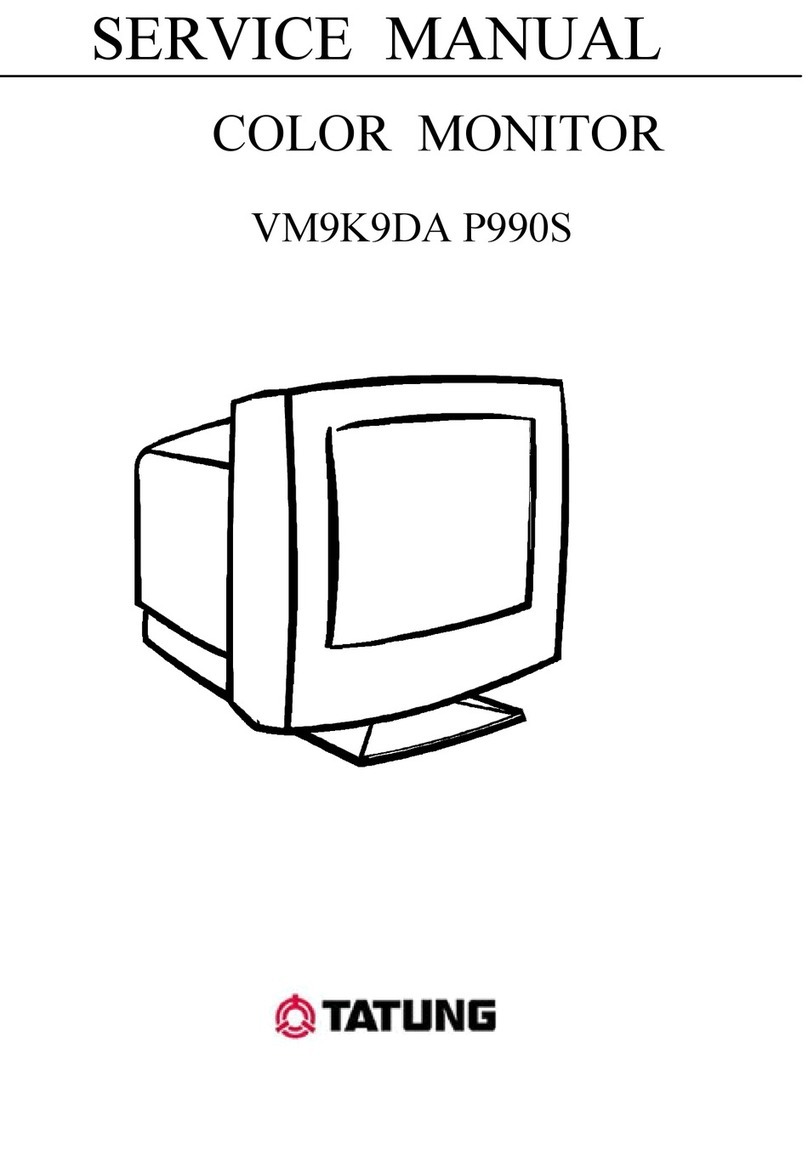
Tatung
Tatung VM9K9DA P990S User manual
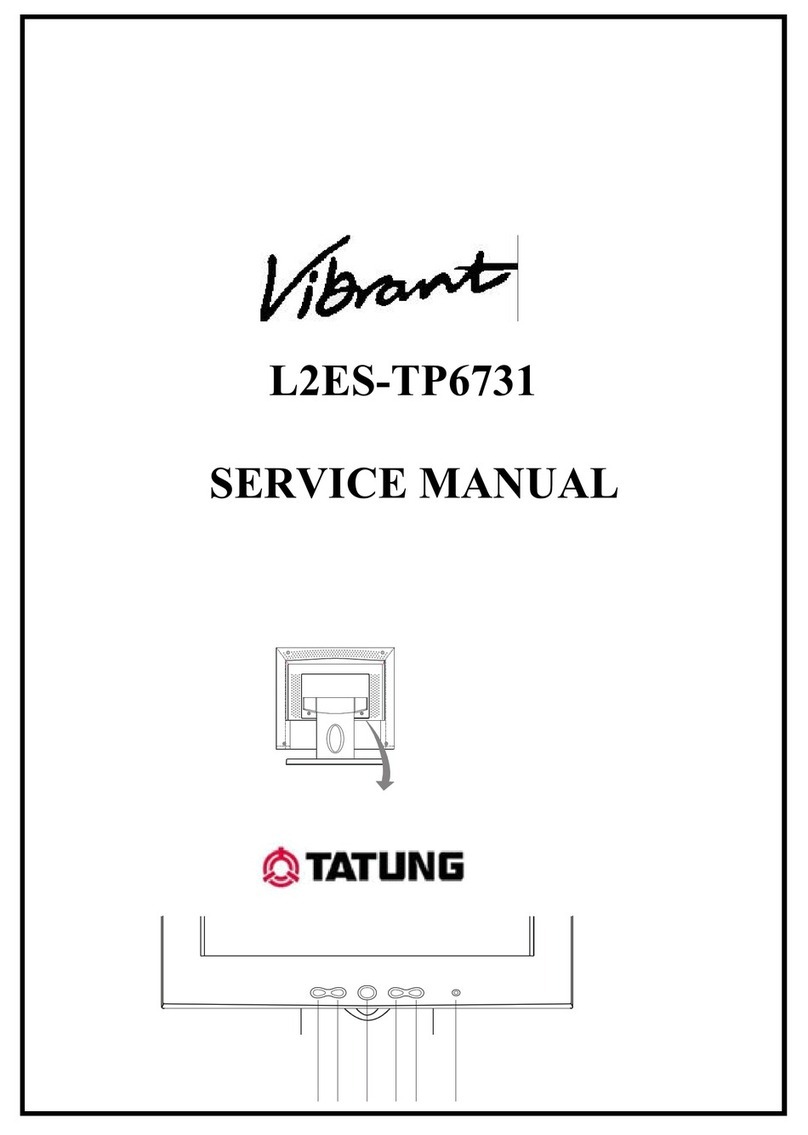
Tatung
Tatung Vibrant L2ES-TP6731 User manual

Tatung
Tatung G5GS Series User manual
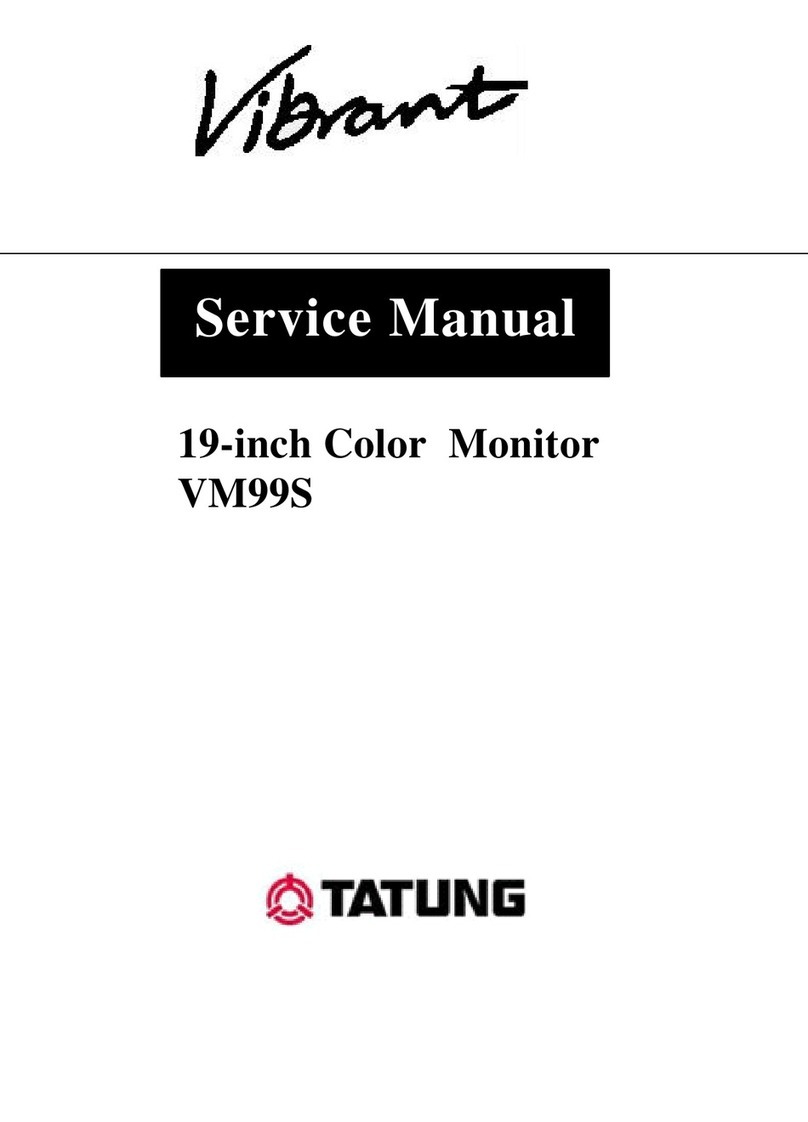
Tatung
Tatung Vibrant VM99S User manual
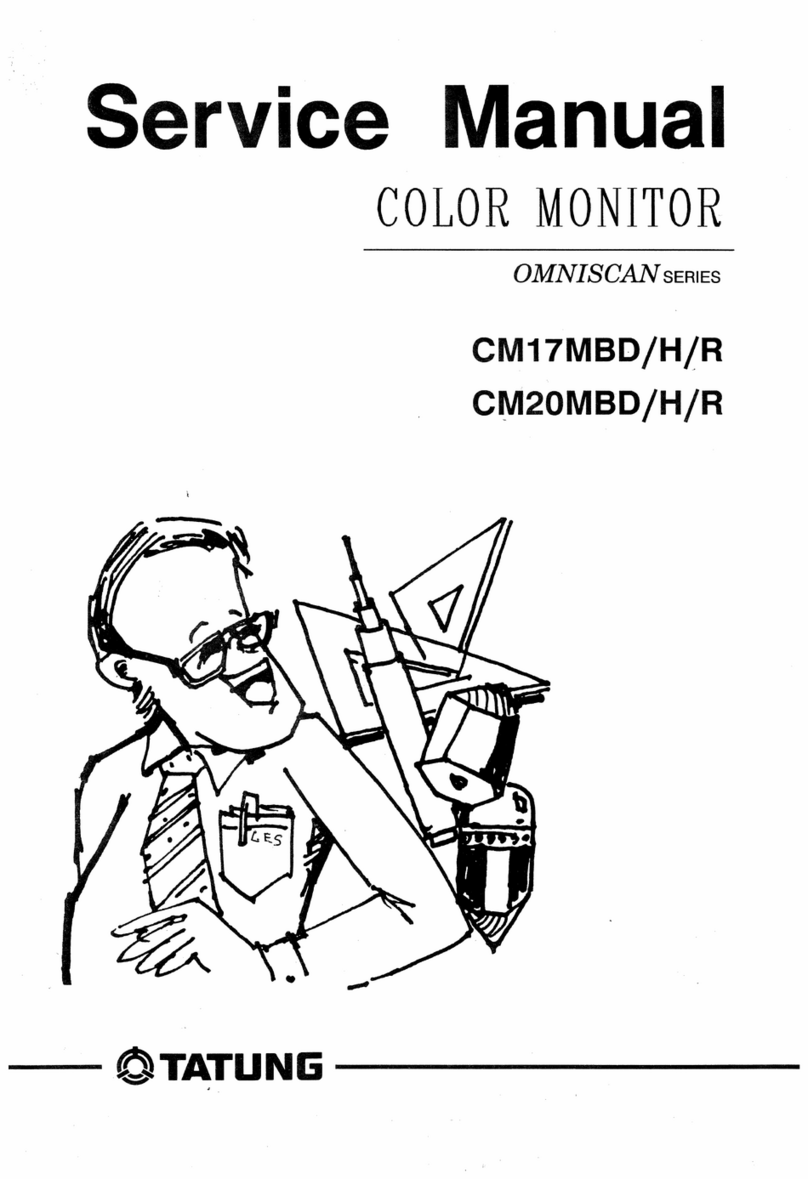
Tatung
Tatung OMNISCAN SERIES User manual

Tatung
Tatung Vibrant VM77S User manual
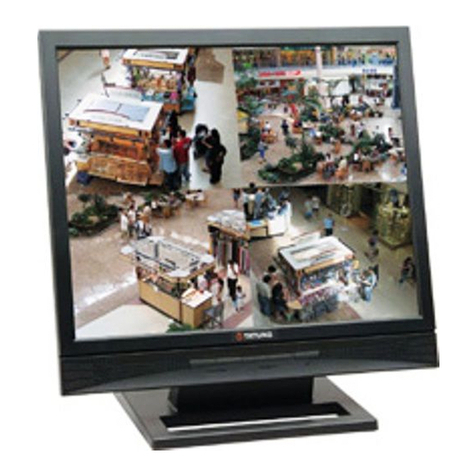
Tatung
Tatung TLM1905 User manual

Tatung
Tatung TLM-1503 User manual
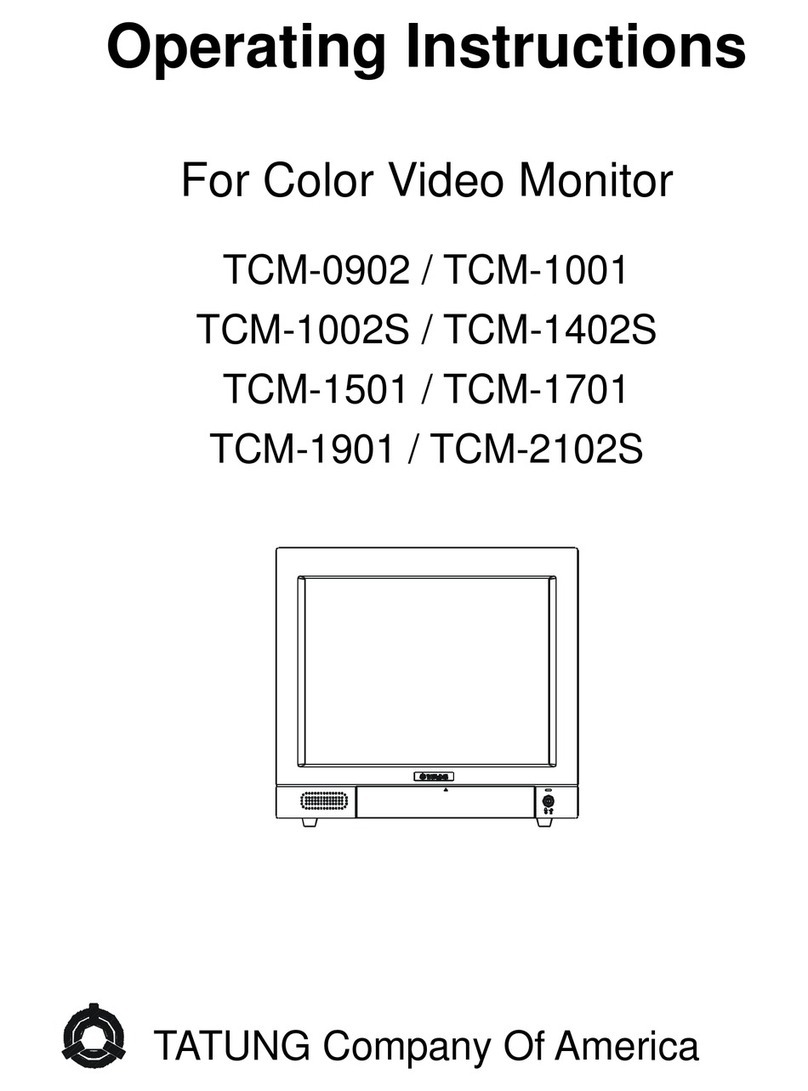
Tatung
Tatung TCM-0902 User manual
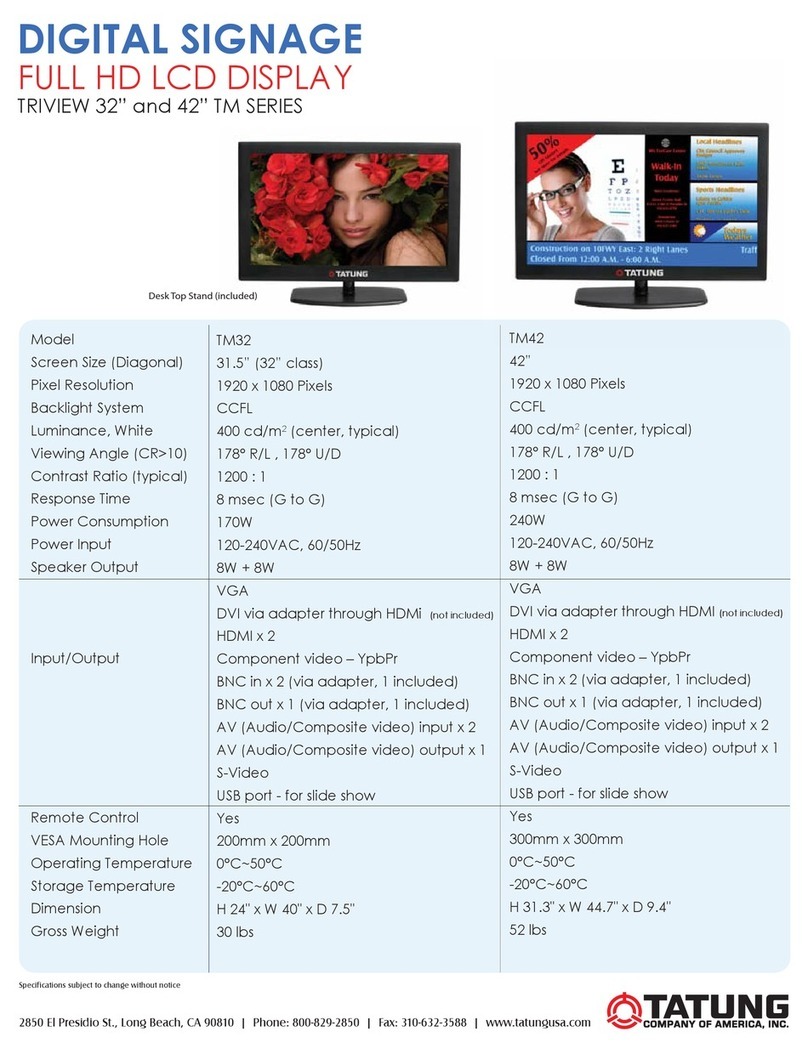
Tatung
Tatung TM32 User manual
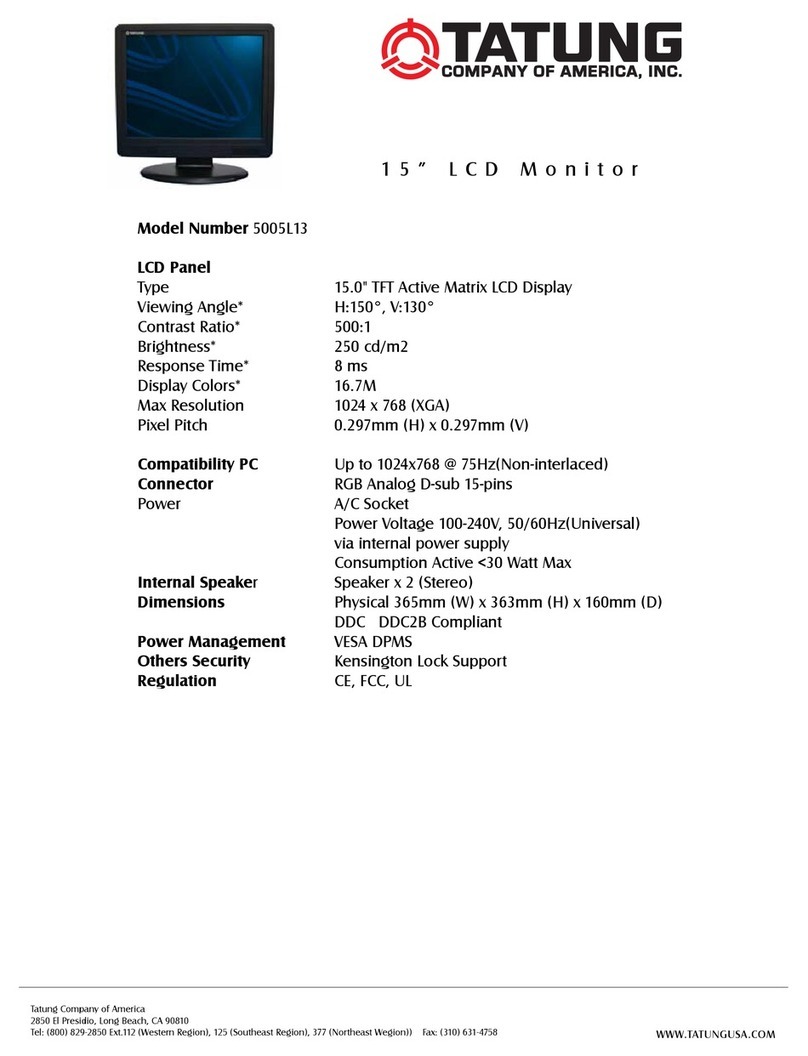
Tatung
Tatung 5005L13 User manual
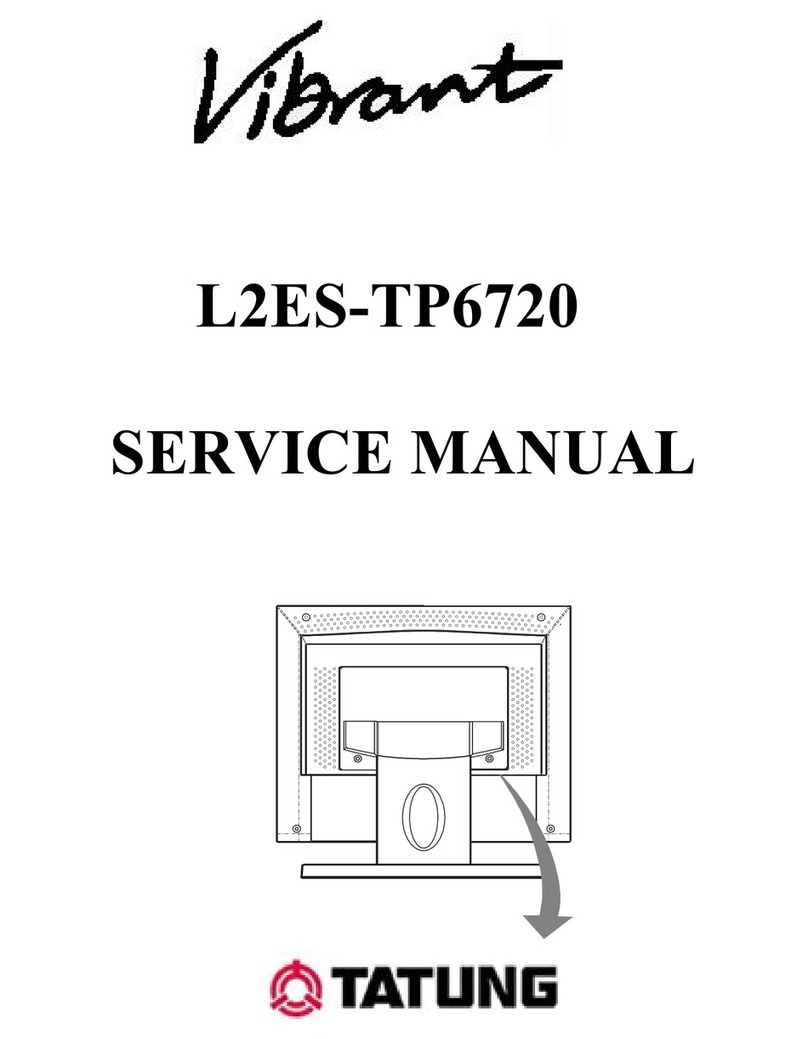
Tatung
Tatung Vibrant L2ES-TP6720 User manual
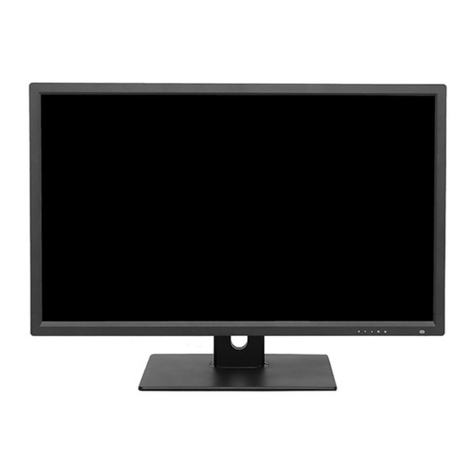
Tatung
Tatung TME32A User manual
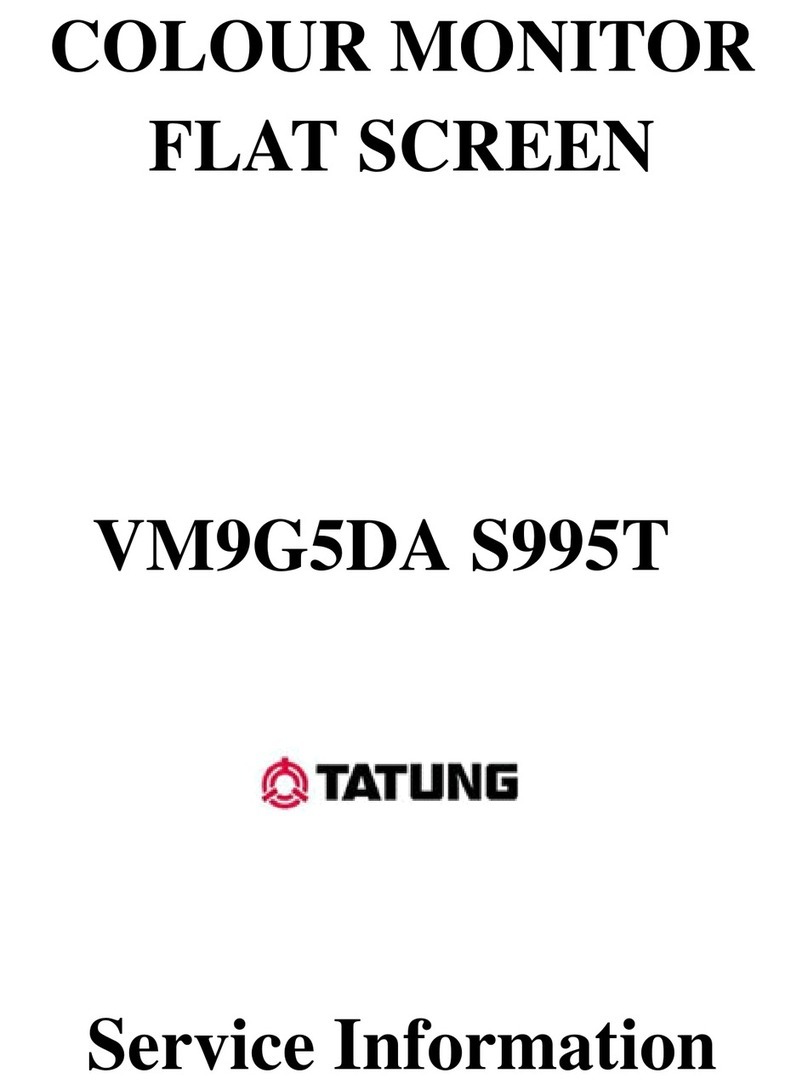
Tatung
Tatung VM9G5DA S995T User manual
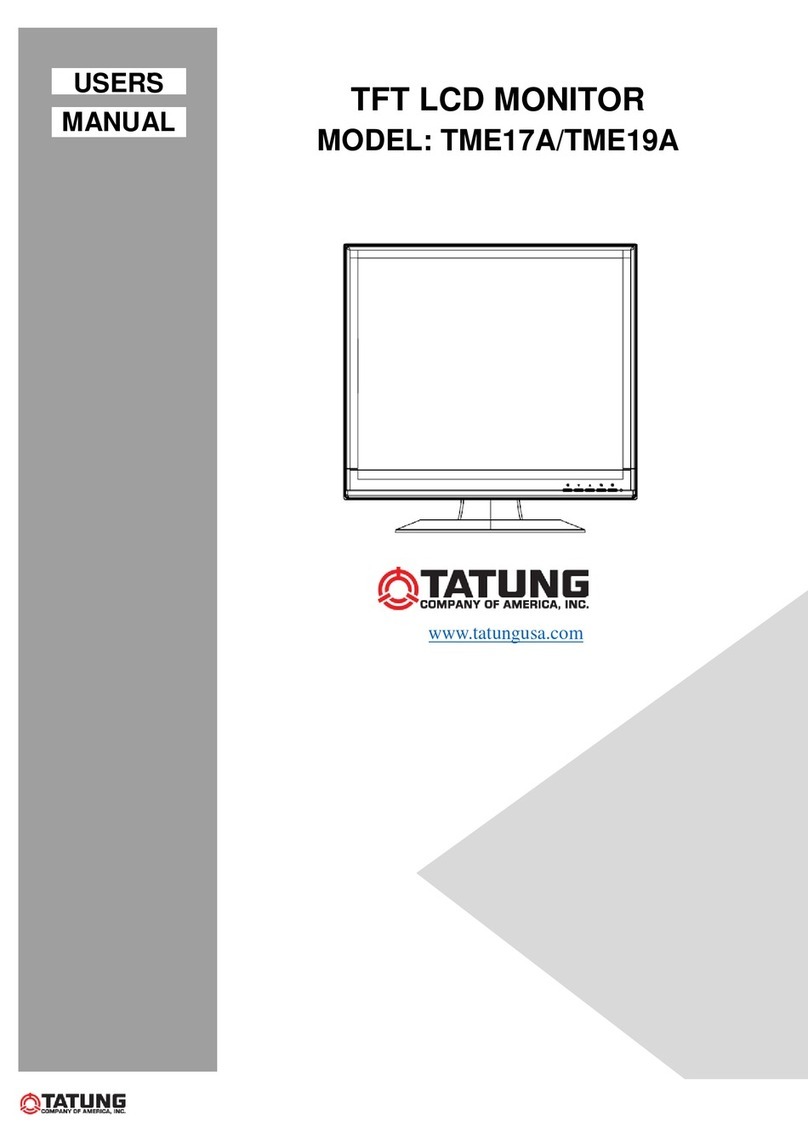
Tatung
Tatung TME17A User manual
